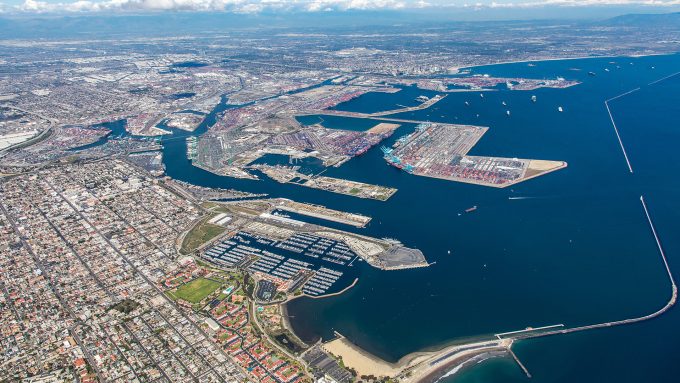News in Brief Podcast | Week 31 | De minimis, tariff talk and Q2 earnings
In this week’s episode of The Loadstar’s News in Brief Podcast, the team recaps this week’s supply ...

Matson and Ocean Alliance member containerships arriving at the heavily congested US west coast hub ports of Los Angeles and Long Beach are getting worked well ahead of their competitors, according to an Alphaliner survey.
Analysis by the consultant of the transit times of 62 import ...


Comment on this article